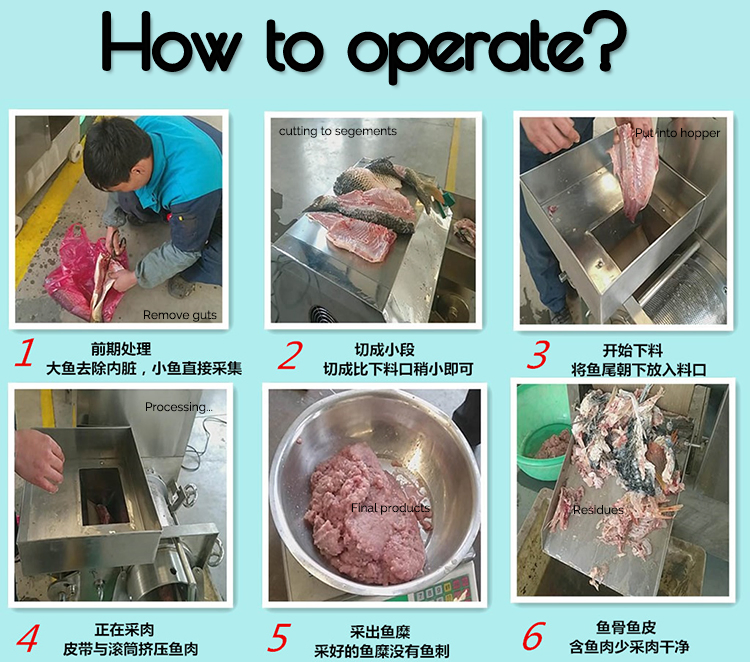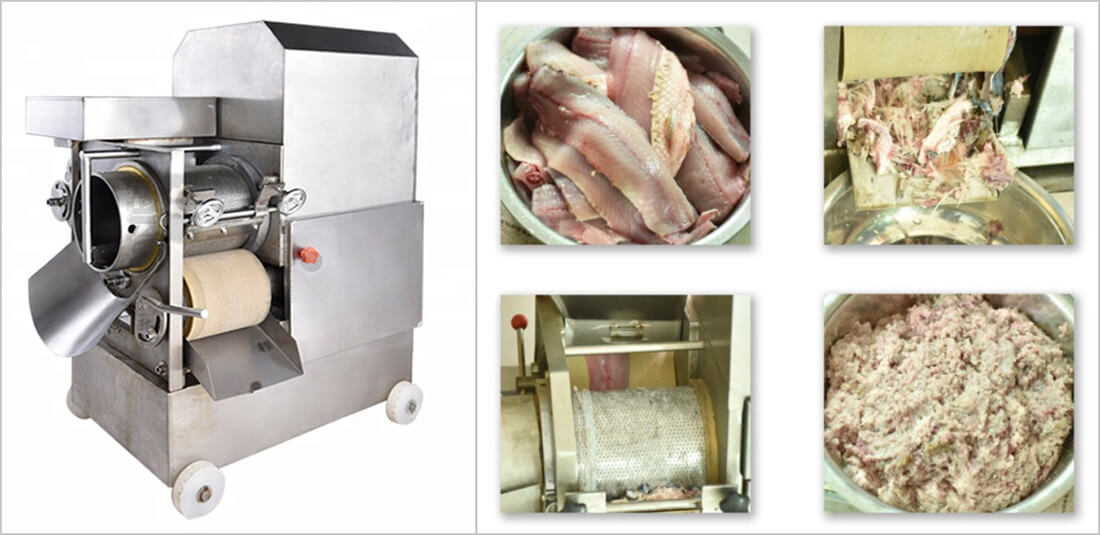10 years of experience as a food machinery equipment manufacturer
10 years of experience as a food machinery equipment manufacturer
Experiencing frustration when your fish meat and fish bones separator suddenly stops performing? This common kitchen equipment issue can bring meal preparation to a halt, leaving you with inefficiently processed fish and potential waste. Before considering expensive replacements or complex repairs, several straightforward troubleshooting steps often resolve the problem effectively. Understanding potential causes empowers users to restore functionality quickly.

Fish separators rely on precise mechanics. Failure usually stems from identifiable issues rather than catastrophic breakdowns. Recognizing these typical trouble spots is the first step:
Many separator issues can be resolved safely at home with basic tools and careful attention. Always ensure the appliance is unplugged before commencing any inspection or work.
1. Inspect and Clear Blockages Thoroughly:
Begin by visually examining the separation chamber, feed chute, and output areas. Use a flashlight to spot lodged fish bones, scales, or fibrous material. Employ non-metallic tools like plastic scrapers, compressed air (if appropriate), or stiff nylon brushes to gently dislodge debris. Never force objects, as this can scratch surfaces or push blockage deeper.
2. Verify Component Alignment:
Refer to the user manual’s diagram to confirm the correct positioning and orientation of removable parts like blades, paddles, augers, and pressure plates. If recently cleaned or reassembled, dismantle according to instructions and meticulously reposition components, ensuring they fit snugly and rotate freely without catching.
3. Assess Cutting/Processing Elements:
Examine blades or paddles for visible signs of dullness, nicks, or bending. While sharpening requires specific tools and skills, some user-replaceable blades can be swapped out. Consult the manual for replacement part numbers. Clean any residual grime or dried fish matter meticulously; build-up significantly impacts cutting efficiency.
4. Address Motor and Power Issues:
5. Examine Seals and Gaskets:

Worn, torn, or misplaced gaskets cause leaks and pressure loss, impacting separation force. Carefully inspect rubber seals around moving shafts and between housing sections. Clean any residue preventing a tight seal. If a gasket is brittle, cracked, or missing, it needs replacement. Order the correct gasket kit using the separator’s model number.
Consistent care significantly reduces the likelihood of future breakdowns:
If these troubleshooting steps fail to resolve the issue, particularly if problems involve persistent motor failure, unusual grinding noises, electronic control panel malfunctions, or damage to major structural components, seeking professional appliance repair services becomes necessary. Provide the technician with the separator’s model number and a clear description of the fault to facilitate a quicker diagnosis.
Encountering a malfunctioning fish meat separator is undeniably inconvenient. However, methodical troubleshooting using these accessible tips frequently identifies and rectifies the root cause without significant expense. Regular cleaning and adherence to operational guidelines remain the most effective strategies for ensuring this valuable kitchen tool delivers consistent, trouble-free performance over time.
